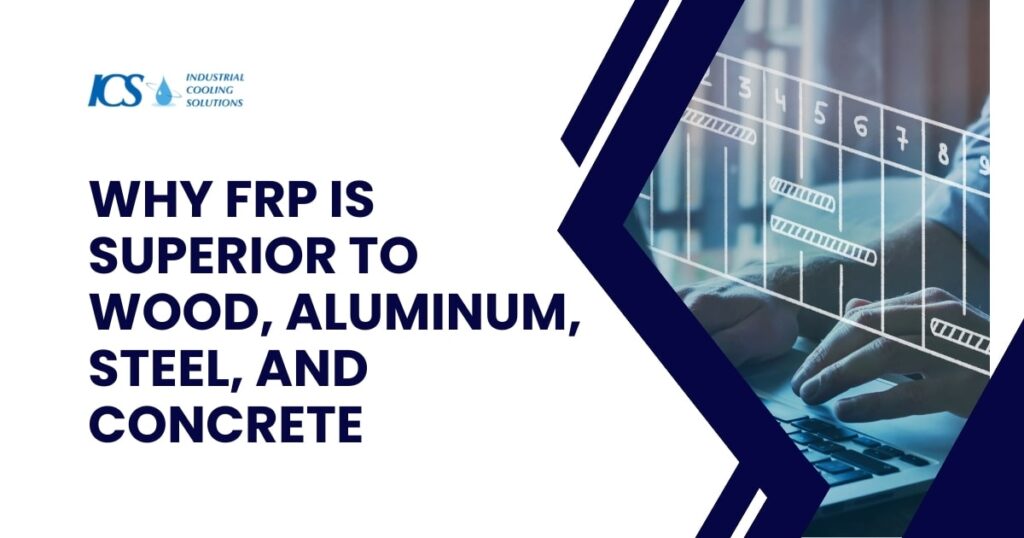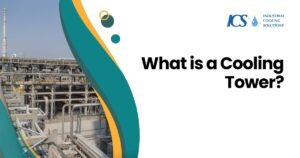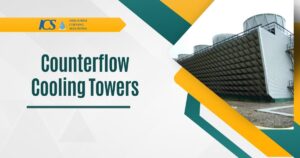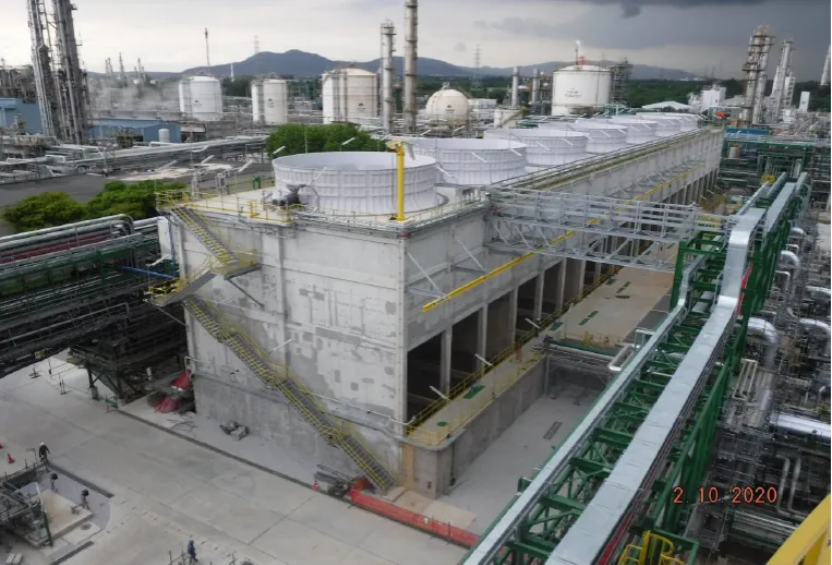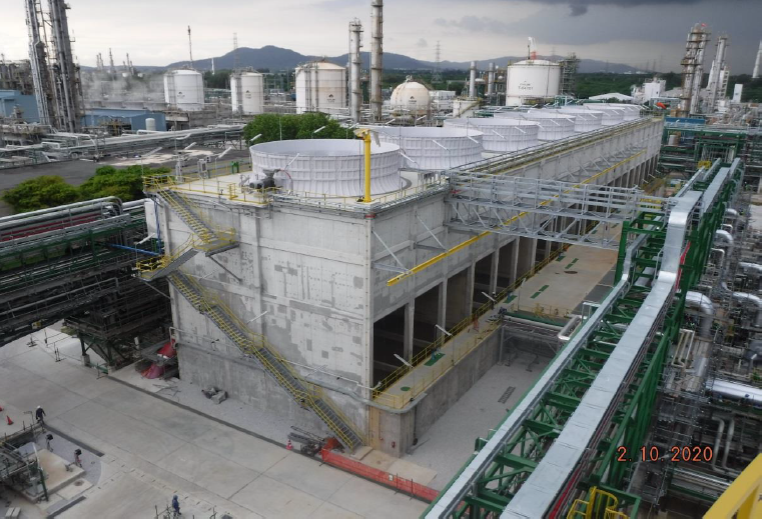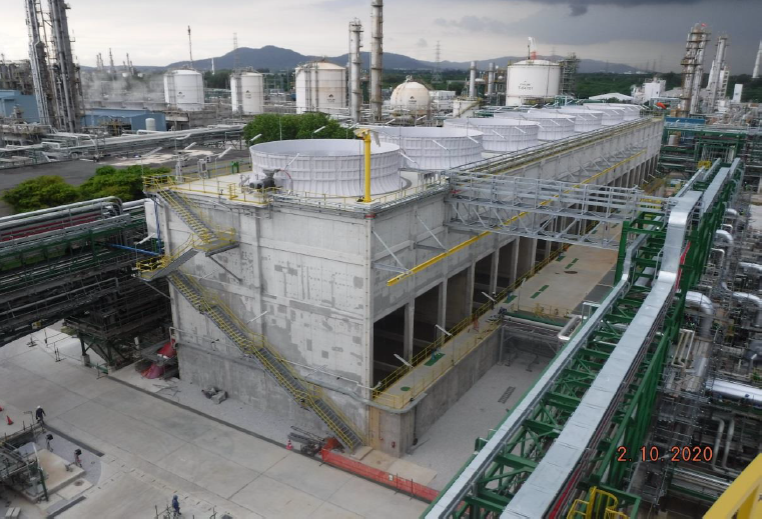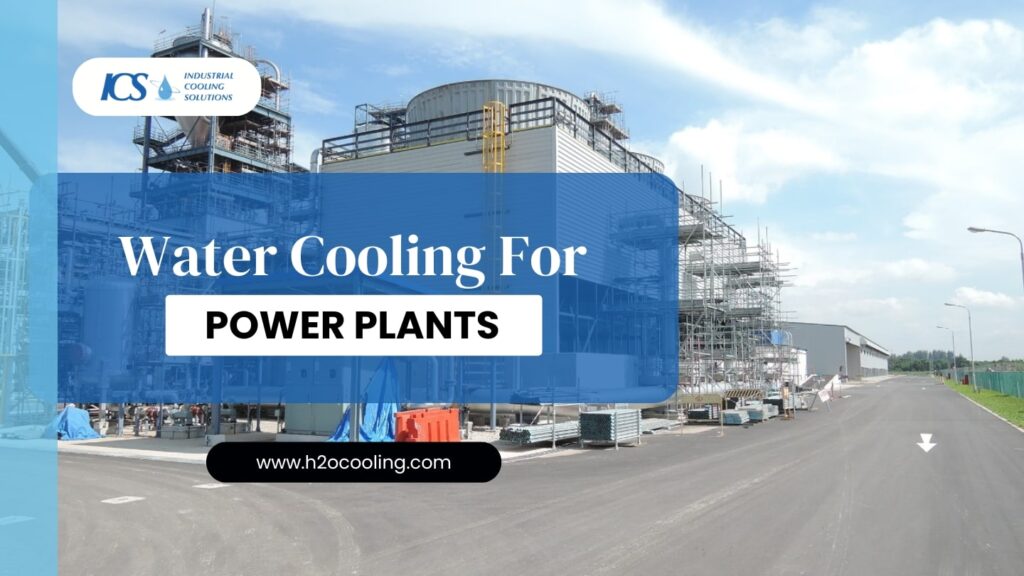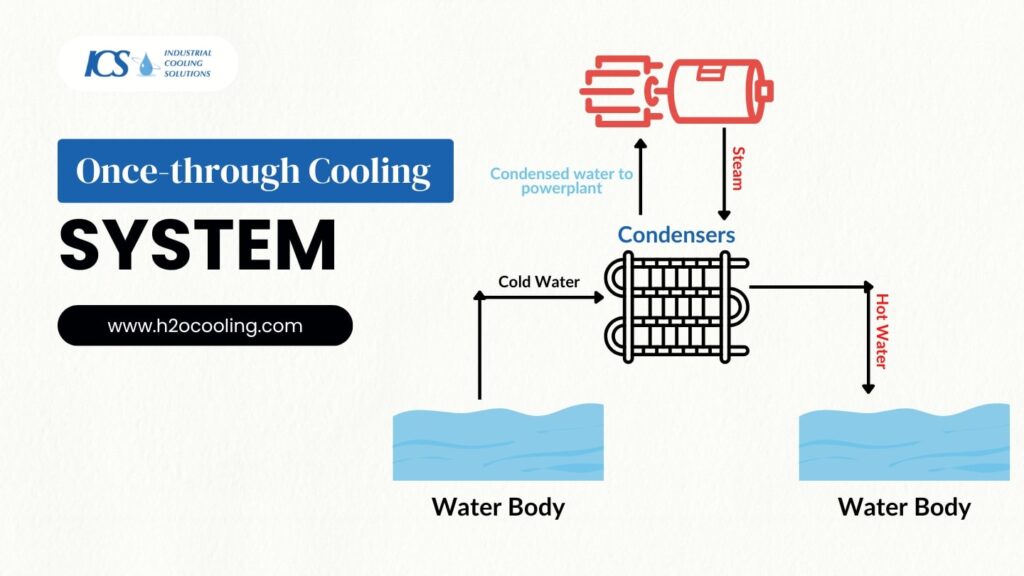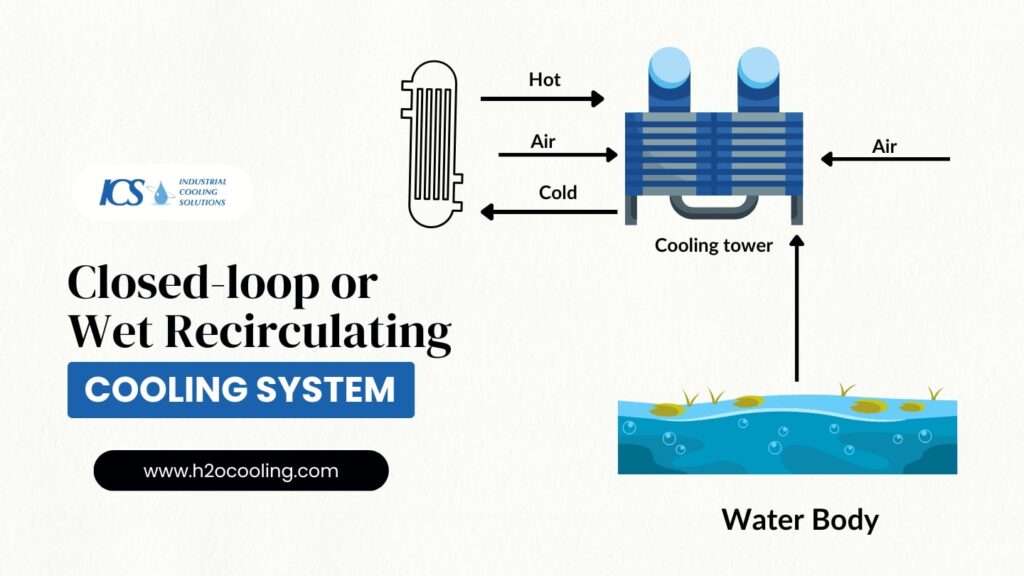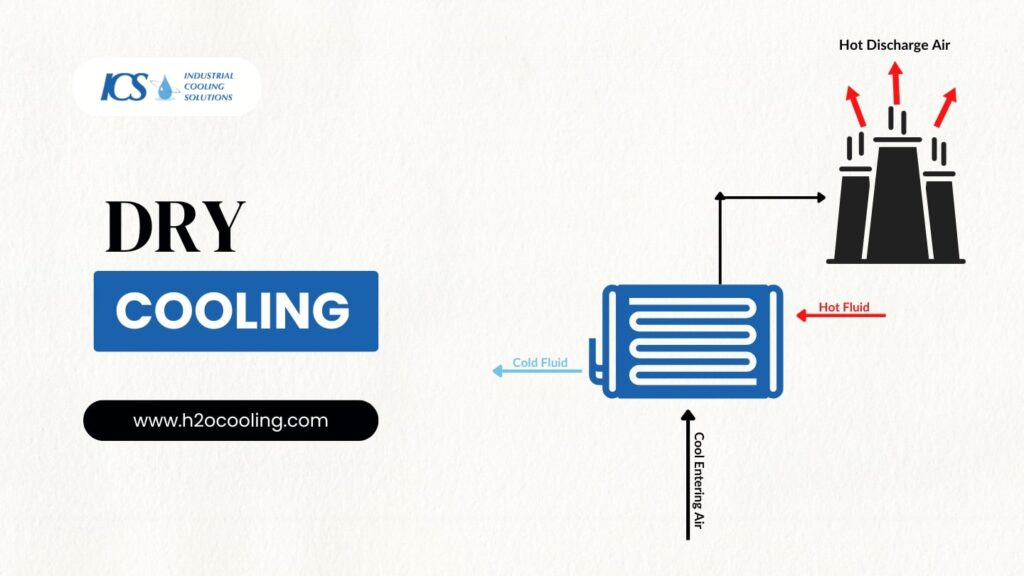Why Are Cooling Towers Made Of Wood? While the type of materials that make up industrial cooling towers probably isn’t something that you find yourself pondering in your spare time, it’s nonetheless something that you’ll have to be aware of when it comes to getting a new cooling tower. Whether you’re installing a new system entirely or replacing some of your older industrial cooling towers, investing in the right material will go a long way.
Why Are Cooling Towers Made Of Wood
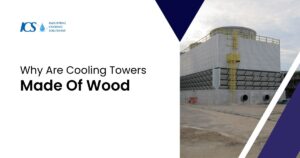
At Industrial Cooling Solutions, it’s no secret that we believe FRP (fiberglass reinforced polymer) is the best choice for your cooling towers. Wood, steel, concrete, and aluminum are all materials that cooling towers can be made with, but we believe that FRP is far and away the best choice, for several reasons.
Corrosion Resistance
Corrosion, in the context of cooling towers, is the gradual decay or deterioration of its material due to the surrounding environment. Since industrial cooling towers spend 100 percent of their time exposed to the elements, it’s important to consider a material that will hold up well.
Wood: Wood can warp, rot, or decay from exposure to water and other elements. It is also susceptible to insect damage (such as termites). Due to these weaknesses, it’s customary to apply preservative coatings over the tower, which, unfortunately, aren’t very environmentally friendly.
Steel and Aluminum: Both of these are metals, making them susceptible to oxidation and corrosion via rust. These require painting, galvanizing, or anodizing.
Concrete: Concrete doesn’t naturally decay very easily, but it is porous, making it an easy target for dirt and bioforms to accumulate, which requires copious amounts of cleaning and maintenance in the future.
FRP: FRP is completely resistant to water and moisture, and has strong resistance to a wide variety of chemicals. Being a synthetic material, it holds its own against the elements much more efficiently than the other materials do.
Strength and Flexibility
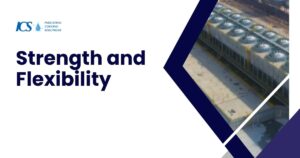
Strength and flexibility are important when it comes to cooling towers, especially when it regards their longevity. They need to be able to take an appropriate amount of stress, and weather attacks from mother nature, such as hurricanes or earthquakes.
Wood: Wood is weaker than FRP in just about every measurable aspect. FRP is stronger, and has higher flexural strength. Overall, wood doesn’t have a strong argument here.
Steel: Steel is, unsurprisingly, extremely heavy, weighing 75 percent more than FRP. It carries so much weight that heavy listing equipment is often needed just to be able to move it around. Furthermore, steel is flexible under heavy pressure, and it doesn’t like to bend back to its original shape once it has been transformed.
Aluminum: Aluminum is appealing due to its famously light weight. But guess what? FRP is still lighter, clocking in at about 75 percent of aluminum’s weight. While aluminum is technically stronger than FRP in sheer numbers, FRP is overall stronger when you consider it on a pound-for-pound basis.
Concrete: The yield strength of concrete is absurdly high, but concrete also suffers from having no flexibility, making it rather brittle in the face of damage. Earthquakes are a dangerous threat for concrete towers; even the smallest one can cause a concrete tower to break into pieces.
FRP: FRP is highly elastic but engineered in such a way to where it doesn’t permanently deform. It’s also extremely lightweight, making it the easiest material to handle and install. When it comes to weight to strength ratio, it’s the strongest of them all.
Electrical Conductivity
Although most cooling towers are engineered to withstand the effects of errant electricity, it’s nonetheless important to keep them protected from it to the best of your ability. Cooling towers are closely tied with your water flow, and given the conductivity of water, it’s generally good advice to just protect your towers from lightning as much as possible.
Wood, Steel, and Aluminum: All three of these materials are conductive, particularly the latter two, though those have potential for grounding. Wood is most conductive when it’s wet, but in the case of a lightning strike, this is highly likely due to the presence of rain.
Concrete: Concrete isn’t conductive, putting it on equal ground with FRP in this category, but it is still more susceptible to environmental damages as a whole.
FRP: FRP is completely non-conductive, and has high dielectric capability. There’s not much more to say here — it doesn’t conduct electricity at all, so that’s a problem you’ll never have to worry yourself about.
Cost
An important factor for any business owner is cost — of course superior options always exist, but are they worth the extra price? Fortunately, an FRP industrial cooling tower is quite affordable.
Wood: Wood has a lower initial cost than FRP, but almost always requires long-term maintenance and a shorter product life. Wood gradually corrodes and is susceptible to insect damage. While the upfront cost is cheaper, you save more in the long-run with FRP by avoiding the repeat costs that wood incurs.
Concrete: Concrete is much costlier in the long-term, especially since they’re particularly vulnerable to cracking. Installation costs more with concrete industrial towers, due to the process of engineering, casting, and drying that’s tailor made for your business. Concrete takes a long time to set, which also lengthens the installation process significantly.
Steel: Steel has a lower cost for the initial materials, but the installation is significantly more expensive, and like the other materials, is subject to much more long-term maintenance costs than FRP.
Aluminum: Aluminum is the one material that slightly edges out FRP in the cost department. FRP tooling costs and price per lineal foot are marginally higher.
FRP: FRP edges out all of the other materials save for aluminum in cost. And, despite aluminum’s cheaper price tag, it could be argued that FRP is still a better deal due to the various other advantages that it has.
Conclusion
Overall, when you look at the big picture, FRP edges out all of the other materials when it comes to high-quality industrial cooling towers. It lasts longer, it’s stronger and yet more elastic, it’s cheaper, safer, and it’s easier to maintain and install. It’s hard to argue that FRP isn’t the best solution by far, and that’s why, at Industrial Cooling Solutions, we offer FRP in spades.
Whether you’re repairing an FRP tower and need parts, installing a new tower entirely, or replacing an older obsolete one, you can’t really go wrong with FRP industrial cooling towers. Having a functioning cooling system in your plant and factory is supremely important, and we want to make sure everybody has a functional and reliable solution. We will happily provide you with industrial cooling tower solutions, or provide you with the parts you need to make repairs on our own. Whatever your need is, we can cover it, so if you’re in the need for Industrial Cooling Solutions, contact us today for a free quote!

